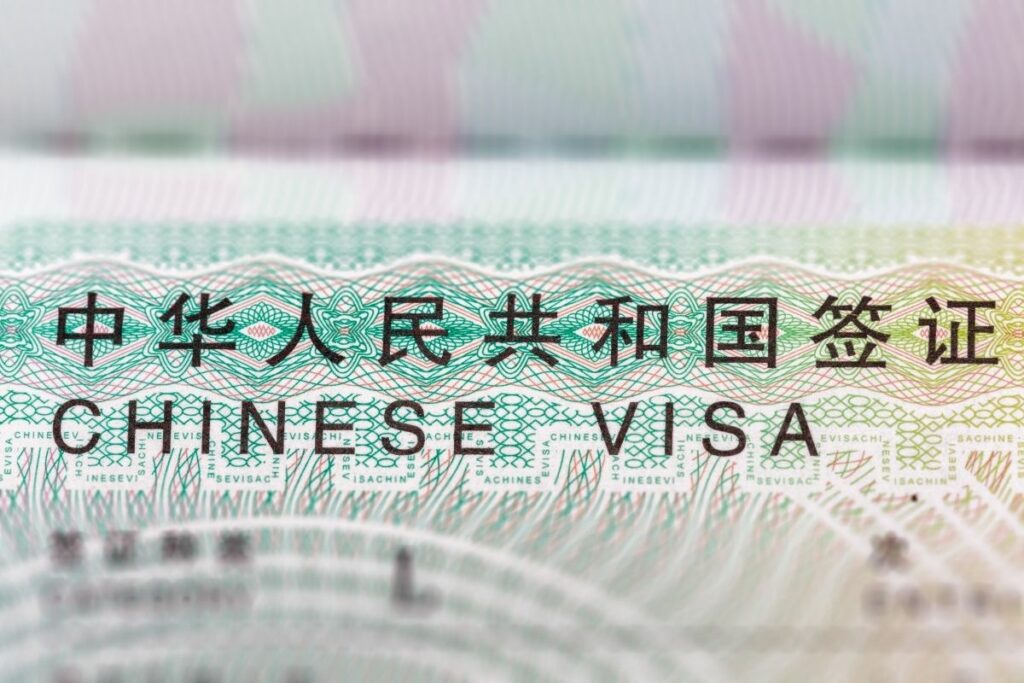China’s railway network: rapid development to support domestic mobility
China’s railway network: rapid development to support domestic mobility
China’s rail network: beyond compare
China now has the largest rail network in the world, with over 162,000 kilometers of track, including 48,000 km dedicated to high-speed rail.
The network is designed to efficiently serve the entire country, connecting major cities such as Beijing, Shanghai, Guangzhou, Shenzhen, and Chengdu, as well as secondary cities that were previously underserved.
The iconic Beijing–Shanghai line, inaugurated in 2011, illustrates this ambition: 1,318 km long, it connects the country’s two largest cities in less than 4.5 hours, with commercial speeds reaching 350 km/h. The longest high-speed line, Beijing-Guangzhou (2,298 km), takes 8 to 10 hours.
An ambitious rail development plan for 2035
China’s rail development shows no signs of slowing down. The Chinese government has set targets in its 2021–2035 rail master plan, a major strategic policy supported by significant public investment aimed at developing a national rail network:
- 200,000 km of railways planned by 2035,
- including 70,000 km of high-speed lines, making high-speed trains accessible to cities with more than 500,000 inhabitants, with a very dense network covering all key economic regions.
- Systematic rail connection of cities with more than 200,000 inhabitants,
- Increasing the maximum speed of high-speed trains to 400 km/h, while improving comfort, reducing energy consumption, and lowering long-term operating costs.
- Reduction in travel times: the ongoing development of ultra-high-speed trains (up to 400 km/h from 2027) should further accelerate travel times on major lines.
The aim is to enable widespread access to high-speed trains, with increasingly fast and optimized interurban journeys. This project is part of a drive to strengthen territorial cohesion and support regional economic development, particularly in the interior and western parts of the country, by promoting low-carbon mobility for people and freight transport.
Cutting-edge rail technologies to strengthen the Chinese network
China is also investing in innovation to enhance the efficiency and safety of its network:
- The Shanghai Maglev train, which entered service in 2004, remains one of the fastest trains in commercial operation in the world, reaching 431 km/h on a 30 km line between Pudong Airport and the city.
- Planned investments in 2025: 590 billion yuan (approximately $80.8 billion) to develop and modernize infrastructure.[1]
- China is working on the commercial operation of ultra-high speed (400 km/h) trains and is also investing in Hyperloop and smart rail technologies.[2]
- In 2021, the manufacturer China Railway Rolling Stock Corporation CRRC presented a prototype of a 600 km/h Maglev train, which is currently in the testing phase before entering service in the coming years.
- Many Chinese stations are being modernized and integrated into metro networks, with automated services to streamline passenger flows.
The metro has also undergone extremely rapid development over the past 20 years, growing from just four cities with metro systems before 2000 to around 50 in 2025, with numerous projects and extensions currently underway.
A lever for development in inland regions
The expansion of the rail network also benefits regions in the interior of the country, which have historically been less developed. Provinces such as Guizhou, Gansu, and Yunnan have seen the arrival of high-speed lines connecting them to major economic centers.
This is particularly true of the Chengdu–Guiyang line, which crosses a mountainous region and opens up several rural areas. The journey time has been reduced from 11 hours to just 3 hours, encouraging tourist and business travel.
These infrastructures help to reduce the gap between coastal and inland regions by stimulating mobility, employment, and investment.
A booming mode of transport for both people and goods
Rail transport in China is now one of the most widely used in the world:
In 2023, more than 3.6 billion trips were made by rail in the country, according to the Ministry of Transport, a sharp increase after the end of Covid-19 restrictions.
Trains are now preferred to planes for many domestic routes, thanks to their punctuality, affordable prices, and smooth user experience.
Trains are also used extensively for freight:
- From January to September 2025, 3.03 billion tons of goods were transported, an increase of 3.4% year-on-year.[3]
- High priority for essential freight: in 2025, 1.553 billion tons of coal were transported, including more than 1 billion for electricity production. The flow of metallurgical materials (+9.4%) and cereals (+10.8%) increased significantly. [4]
Railways: a showcase for China and a lever for economic development
The development of the railways illustrates China’s ability to carry out large-scale infrastructure projects that are fundamental to its territory and economy.
It also demonstrates a desire to connect all regions and facilitate human, commercial, and logistical exchanges on a national scale. With increasingly ambitious projects, China is confirming its position as a world leader in rail transport, both in terms of infrastructure and transport volumes.
VVR International supports you in your development in China
At VVR International, we are closely monitoring these major transformations that are impacting territorial networks, logistics flows, and urban dynamics in China.
Our expertise in the Chinese market, acquired over more than 25 years, enables us to support you in your development, establishment, or local partnership projects by providing you with precise knowledge of infrastructure, regions, and economic players.
Would you like to better understand the Chinese environment and adapt your strategy to the local context? Contact our teams.
Sources:
[1] China: railway investment up 5.5% in the first half of the year – Xinhua – french.news.cn
[2] China prepares for the era of 400 km/h rail travel | Le Rail
[3] http://french.china.org.cn/business/txt/2025-10/23/content_118138155.htm
[4] China: rail freight volume up 3.4% between January and September









